How to deal with stone fruit moniliosis: the best drugs and preventive measures
Moniliosis is the most dangerous disease of fruit trees, the causative agent of which is the marsupial fungus. Ascomycete Monilia species “specialize” in different cultures. Some monilia prefer stone fruit trees: plums, cherries, apricots, cherries, peaches. Other pathogens prefer pome fruits: apple trees, pears. The quince has a separate species that parasitizes only on this culture.
The spread of the pathogen
Monilia hibernates in fruits affected by the previous season, shoots, soil around fruit trees. In spring, when the temperature rises above + 15 ° C, the fungus begins to sporulate. The milder the past winter was, the higher the activity of the pathogen. High, up to 100%, humidity with temperatures up to +20 ° С are ideal conditions for the infection of fruit crops with moniliosis. That is, if the spring is warm enough, but rainy, you should expect an outbreak of the disease.
Even if moniliosis was not noticed on the site before, there is still a risk of fungus entering the garden. The spores of Monilia are carried by the wind, and they enter the trees with rain moisture. Insect pests also contribute to the spread of the infection. Therefore, if signs of moniliosis are found in the district, urgent measures should be taken to protect the fruit trees.
Infection, symptoms, disease progression
Through cracks in the bark, the fungus enters the flesh of the tree. The incubation period (about two weeks) is asymptomatic. And when the flowering of fruit crops begins, the spores penetrate through the stigma of the pistil deep into the socket - it darkens, fades, dies.
Inexperienced gardeners confuse the first signs of moniliosis with the consequences of late frosts. The difference is that the frozen crops shed their inflorescences, and the flowers affected by the fungus wither, die, but do not crumble.
The same applies to the leaves: brown, dried leaves and shoots can stay on the tree all season.
The rapid death of young shoots is replaced by the gradual infection of older plant tissues. The red-brown branches and leaves, as if scorched by fire, give the impression of being burnt until winter. Therefore, the disease has a second name - monilial burn. This is the main symptom of a fungal infection before fruit appears.
With the onset of fruiting, a second symptom appears, which gave another name to the problem - fruit rot. The softened flesh of apples, pears, and other cultures takes on the flavor of a fermented product, like an alcoholic one. On the surface, numerous pads of a yellowish-gray hue are formed. They several times ring the brownish peel of the fruit in dense rows. In hot weather, the affected fruits mummify and become a refuge for sclerotia, in the form of which the fungus hibernates until the new season.
How to protect fruit crops?
Only an integrated approach will provide reliable protection of the garden from moniliosis. Disease prevention is based on the following principles:
- Preventive measures: the destruction of pathogens that have prepared to winter on the site or have already winterized, the creation of conditions unfavorable for the spread of the fungus.
- Compliance with agricultural techniques for each crop and garden as a whole: correct planting, care, timely treatments that increase resistance to fungal diseases.
- Regular inspections and timely detection of problems: the earlier moniliosis is detected, the easier it is to cope with it, protect trees, save the harvest.
There are effective medications for the treatment of moniliosis.But it is always easier to prevent a problem than to throw all your strength into fighting it afterwards.
Prevention
If preventive measures are of a systemic and not random nature, the crops grown have high immunity, and pathogens of fungal or viral infections do not have many chances to take root on the site. For this, the gardener annually introduces the following points into the work plan:
- Treatment with Bordeaux mixture or other fungicide until bud break. Spraying with a protective agent immediately after flowering and three times with a break of 10 days after. The most effective are "Horus", "Mikosan-V".
- Pre-winter treatment of the entire garden with Bordeaux liquid or another fungicide, which contains copper.
- Whitewashing the trunks of young trees will protect against sunburn and frost damage.
- The injured areas of the bark must be immediately cleaned and repaired with garden varnish: any wounds are the path of infection.
- Autumn preparation: remove the remaining fruits from the tree, during sanitary pruning, grab the healthy part of the shoots, process all sections and cover with pitch.
- Weeding during the summer cottage, cleaning fallen leaves after gardening work, destroying rotten or mummified fruits in the fall are the basics of garden hygiene.
- Fighting insect pests from early spring to preparing the garden for wintering: processing, trapping belts, traps, digging the ground in the trunk circle.
These simple measures, which have become a habit, significantly increase the resistance of fruit trees to moniliosis and other infections.
Agrotechnics
Breeders, developing a crop, develop varieties that are resistant to certain diseases, give recommendations on planting and care for growing a healthy plant. Failure to comply with agricultural technology leads to a weakening of the ability to protect against diseases, therefore, when choosing a variety, gardeners follow the advice for each crop.
General recommendations for all fruit are about the same:
- the garden is set up in elevated areas, where there is no stagnation of cool moist air, fog, dampness, groundwater;
- when planting, the distance between the specimens is observed: the standards for low, medium and tall trees differ;
- timely formation of the crown eliminates thickening, increases ventilation, which is necessary for the health of the tree;
- scheduled sanitary pruning - annually;
- processing, blurring of sections;
- feeding, fertilizing regularly and according to dosages (overfeeding or nutritional deficiencies equally undermine the health of the crop).
Potassium chloride for apricot, cherry plum, cherry, sweet cherry is used very limitedly and after heavy rainfall, as these crops react painfully to the increased content of chlorine in the soil. Weakened trees are more susceptible to moniliosis and other fungal infections.
But calcium chloride improves photosynthesis, strengthens the immunity of fruit trees, therefore, periodic spraying of the crown with its solution is useful for garden crops.
Prevention and agricultural technology are the main weapons in the fight against the threat of moniliosis. If signs of the disease are nevertheless found on apple trees, pears, and other fruit trees, treatment is urgently started, combining chemistry and folk remedies.
Treatment
The best remedies for treating moniliosis are fungicides. Most drugs fight other diseases of garden trees. Therefore, starting to treat fruit from moniliosis, the gardener simultaneously protects the plantings from scab, coccomycosis and other diseases.
Dosages, frequency of treatments, method of application are indicated by the manufacturer on the packaging. Compliance with the recommendations will not allow during treatment to harm the plantings - for example, burns.
| A drug | What protects pome fruits (pear, apple) | What protects stone fruits (cherry plum, cherry, sweet cherry, peach, apricot, plum) | Dosage, frequency | How and when to apply |
|---|---|---|---|---|
| Bordeaux mix | Moniliosis Scab | Moniliosis (clasterosporia, coccomycosis) | 250 ml / 10 l. 2 liters of working solution per 1 tree. 1 time - in the spring. | Spray until bud break |
| Bordeaux mix | Scab Moniliosis | Moniliosis (clasterosporia, coccomycosis) | 100 ml / 10 l. Up to 5 liters of working solution per 1 tree. 3 treatments. | Immediately after flowering, then twice more with an interval of 6-7 days |
| "Abiga Peak" | Moniliosis Scab | Moniliosis Curliness Clasterosporium disease Coccomycosis | 50 ml / 10 l. 4 treatments. | Spraying during flowering and after with an interval of 10 days |
| "Gamair" | Moniliosis Scab | 10 tablets / 10 l. Up to 5 liters of working solution per 1 tree. 3 treatments. | Spray during budding, after flowering, in the phase of a fruit, the size of which is close to a hazelnut. | |
| "Fitosporin-M" | Moniliosis Scab Powdery mildew | 20ml / 10 liters. 10 liters of working solution per hundred square meters. Up to 5 treatments. | Spray during budding, at the beginning and after flowering, in the fruit phase up to 15 mm, fruit size close to a hazelnut. | |
| "Stroby" | Moniliosis Gray mold Scab Powdery mildew Alternaria Sooty fungus | 2 g / 5 l. After 7 days - treatment with another fungicide. After - 2 more treatments "Strobi" with an interval of 10 days. | Spray the crown, trunk. The last treatment is with spraying the soil in the trunk circle. | |
The once popular drug "Fundazol" is used by large farms and in private plots less and less due to its high toxicity, the ability to accumulate in soil and fruits. The registration of the funds in Russia ended in 2014, but it is easy to find it on sale. Choosing "Fundazol" for the protection of fruit trees, you need to remember about caution during processing, observe the terms and do not use the drug more often than once every 3-4 years.
In the fight against the causative agent of moniliosis, there are no effective folk remedies. The only thing that experienced gardeners advise to prevent disease is to treat the garden with urea.
- The drug in the amount of 1 kg is diluted in 10 liters of water.
- Fruit trees are treated with the resulting solution in the spring, before bud break.
- Re-spraying is carried out on young foliage.
- In the fall, after sprinkling the branches, trunk and trunk circle, you need to mulch the ground around with a thick layer of straw.
Moniliosis is a serious threat to garden trees. But taking care of planted crops, adherence to agricultural practices, and regular preventive work on the site will protect the fruit harvest from disease, help to cope with the problem as soon as possible and without loss.
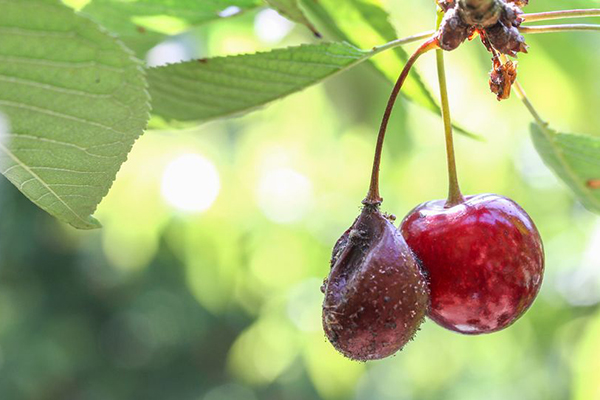
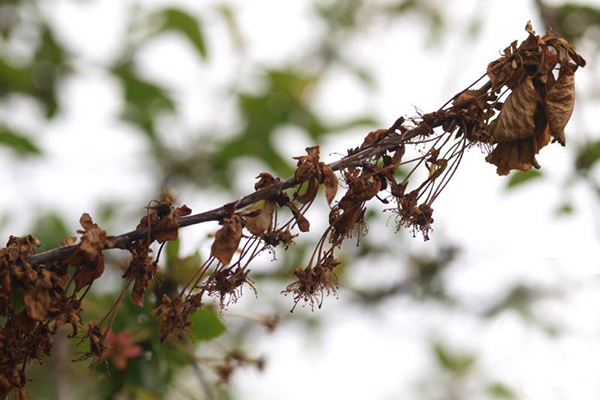
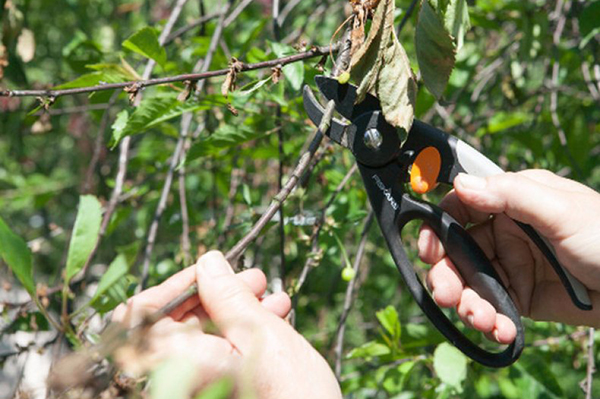
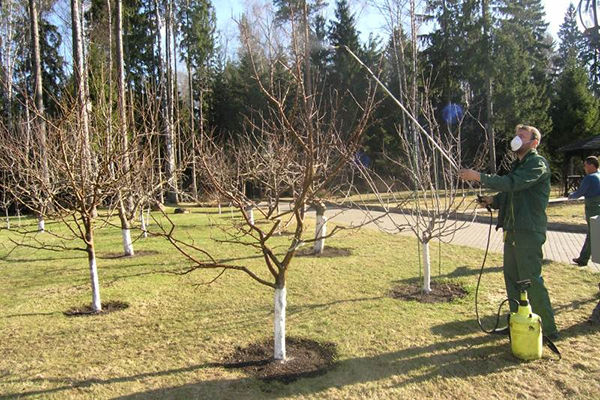
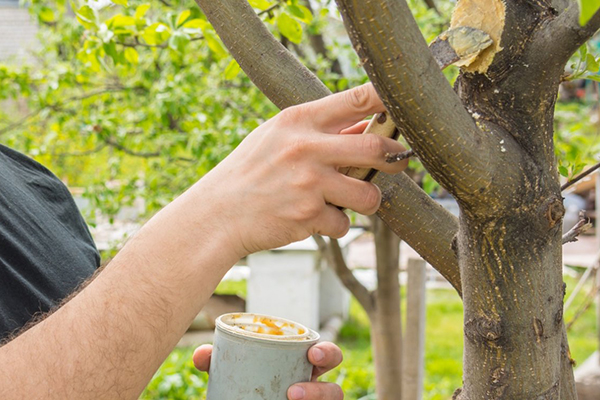
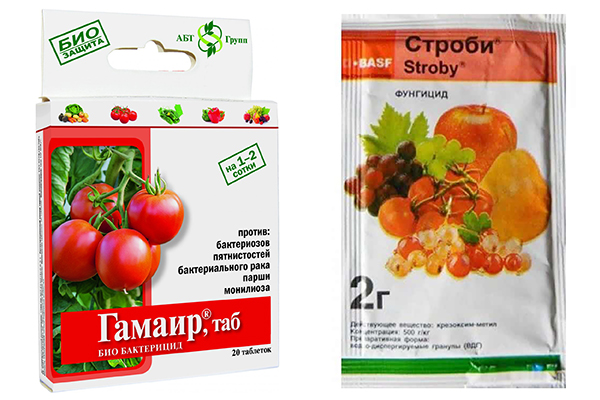
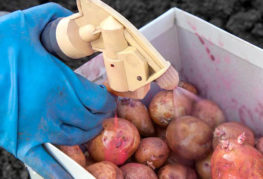
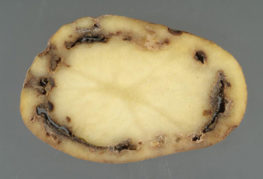

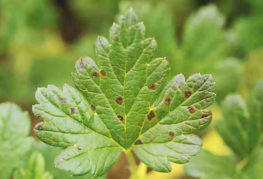
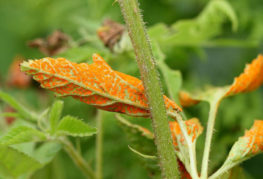
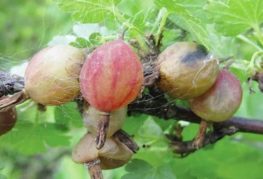
and will be published shortly.